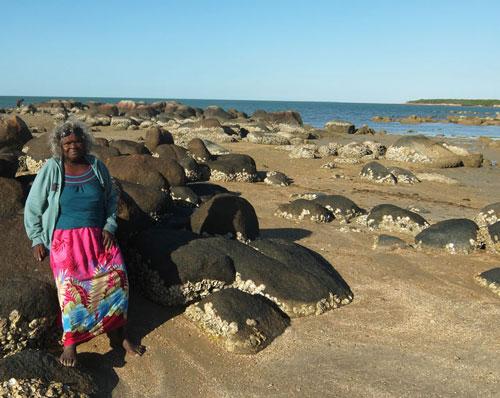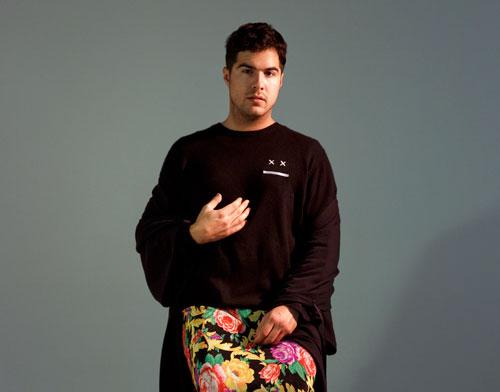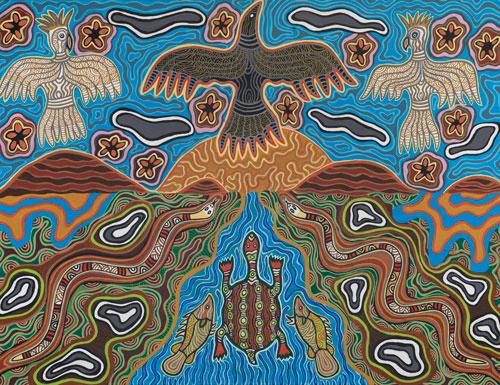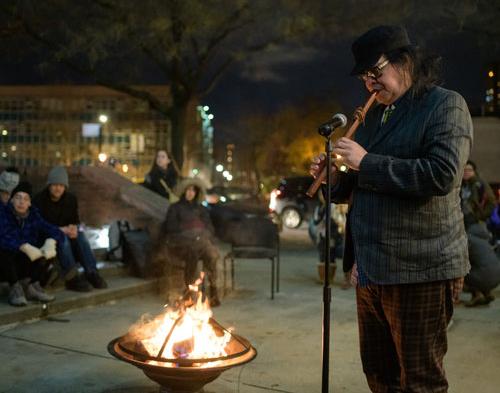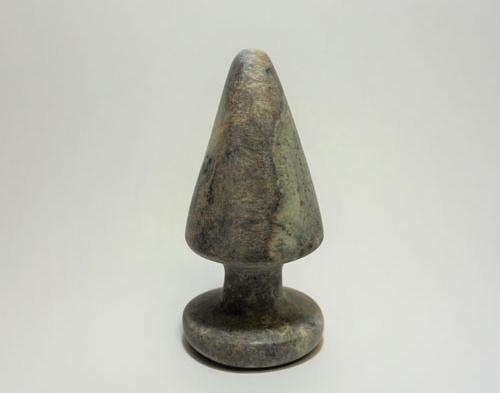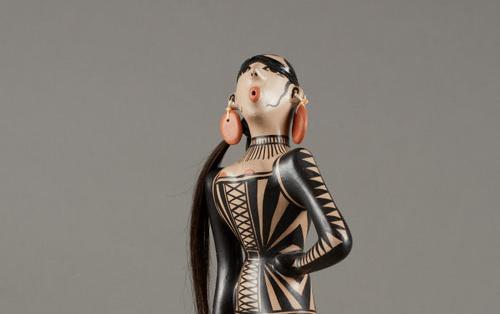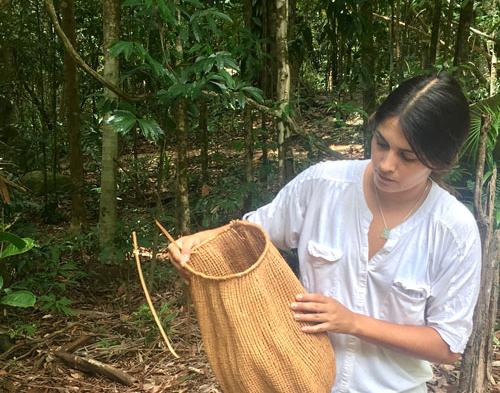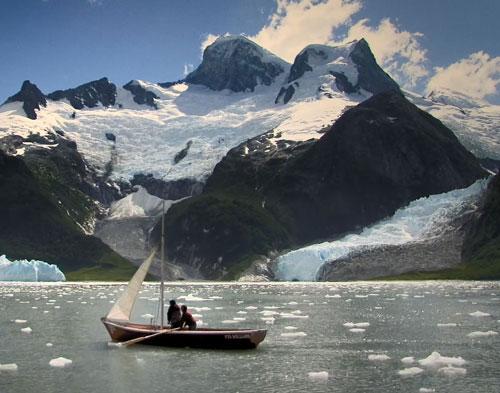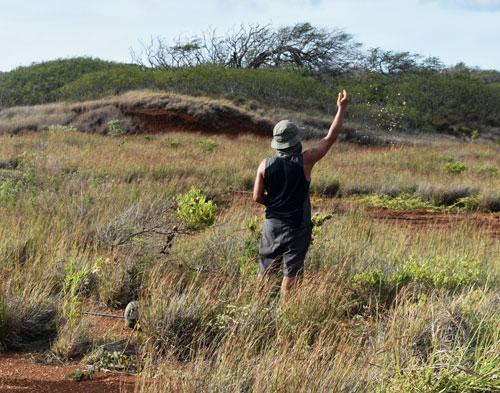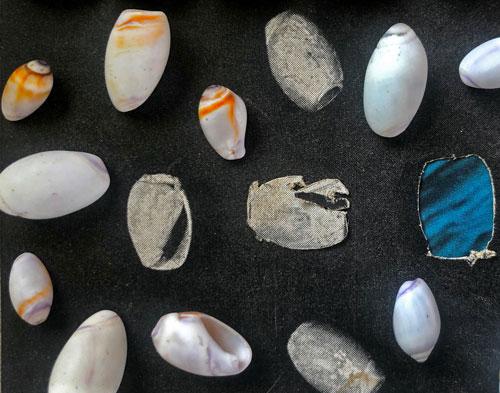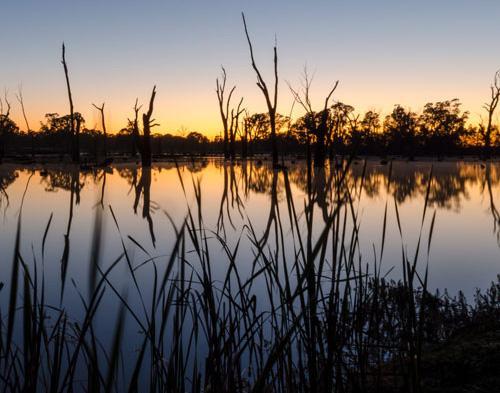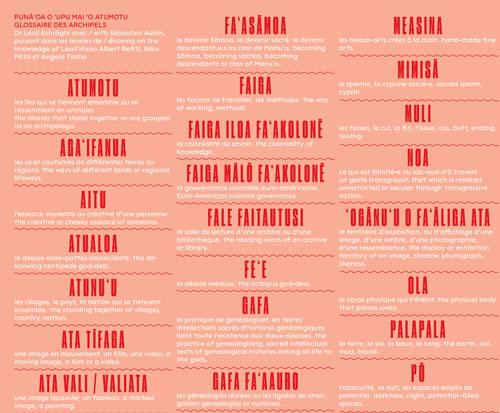A conversation with Perisak Juuso
It was a cold morning in early February when me and my husband Dag set out from Tromsø, a town located on the northern coast of Norway. Before us was a journey through Sápmi, through three countries, before we finally arrived at Perisak (Berissat) Juuso’s home village, Mertajävri, in the northernmost part of Sweden. Our trip brought heavy snow covering almost all that we could see, reindeer, moose and foxes that suddenly jumped onto the road in front of the car, and a breathtaking sunset at about one o’clock, before we finally found the house where hot coffee and exciting stories awaited.

